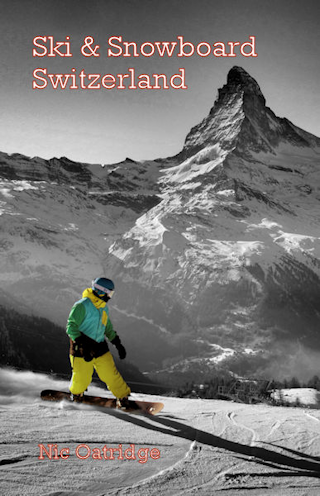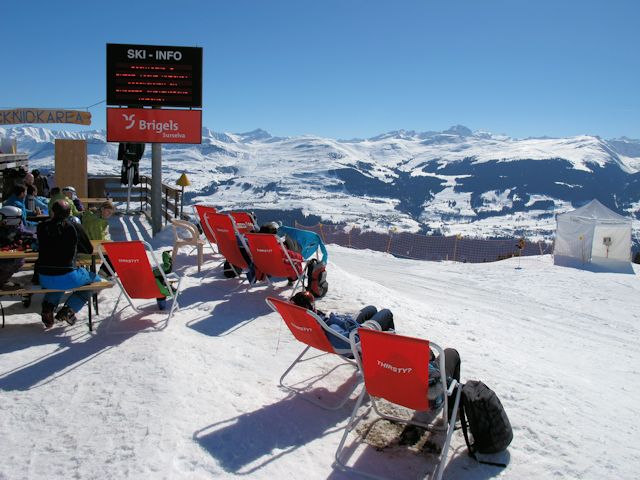The ski and snowboard season has effectively ended early across the whole of the Alps in light of the coronavirus pandemic. Numerous clusters of infections arose in ski resorts so it has not been surprising. What is more surprising is how many people persisted with their ski holidays this last week knowing that there may be a risk they would have difficulty getting home afterwards – or of catching the virus whilst abroad. It is worth bearing in mind that one of the first outbreaks that impacted the UK arose in a French ski resort. The French have, ironically, also been the last of the Alpine nations to close their season. Apparently 30,000 British nationals are stuck in the French resorts alone.
In North America the vast majority of ski resorts have now closed. Industry leaders Vail Resorts, Alterra Mountain Company, Telluride Ski Resort and the Aspen Skiing Company have closed dozens of resorts as of this weekend. Many operators had hoped to remain open during the crisis whilst taking steps to prevent the virus’s spread, but have had to face up to the new reality. Some operators claim it is a temporary measure, but it won’t be. Effectively, this season has finished in the Northern Hemisphere, and it is unlikely lifts will open this year in the Southern Hemisphere.
It is too early to say what the impact of Covid-19 will be on next season. Possibly the level of community-wide immunity to the infection from people already infected stops the spread of the disease to a significant extent before next season starts. If a vaccine is developed, however, it is unlikely to be available before next season, and ramping up production to cater for demand would take months: it could be that both of the next two seasons are wiped out.
Clearly the significantly shortened season, just ahead of the Easter holidays, is going to have a huge impact on everyone associated with winter sports. The extensive industry base that supports skiing will suffer badly. Package tour operators, chalet owners, airlines, hoteliers, restaurants, hire shops, ski schools, ski guides and ski gear manufacturers will be impacted in addition to lift operators. Many resorts are going to see their summer tourist visits plummet too. And if it runs into next season or beyond, the impact will be immense. Demand may shrink as older skiers decide it is time to quit the sport, and many potential new skiers will have chosen some other activity instead of snow sports. Lift operators will feel a huge cashflow hit which may badly impact investment and, for some resorts, even their viability.
Many industries are going to suffer from the epidemic, most will probably bounce back even at the expense of businesses going bust, but some may be changed forever. Winter sports could be one, with its expense and climate footprint having a long term impact on demand. Lower resorts facing the impact of the trend of warmer winters may see this as the time to stop their lift operations permanently. Older skiers and snowboarders may decide it is time to quit the sport, and many potential new skiers and snowboarders will have chosen some other activity instead of snow sports.
I have been lucky to get a couple of ski trips in this season, but had also hoped to get away at Easter and possibly a last hurrah at Zermatt in May. I also expect the footfall on my websites like swisswintersports.co.uk and www.snowandrail.com to plummet, and can’t see my book “Ski and Snowboard Switzerland” shifting many copies.
Next year’s MagicPass is on sale now. This provides the freedom of over 30 Swiss resorts for the entire Summer-Winter season 2020-2021 for CHF 399.00 (Adult) or CHF 269.00 (Child) if you buy before 6th April. Is it worth risking it?


 For a lot of people winter is something to be endured, a long season of cold, short days and stark skylines. The only escape seems to be a long haul flight to somewhere sunny and warm.
For a lot of people winter is something to be endured, a long season of cold, short days and stark skylines. The only escape seems to be a long haul flight to somewhere sunny and warm.